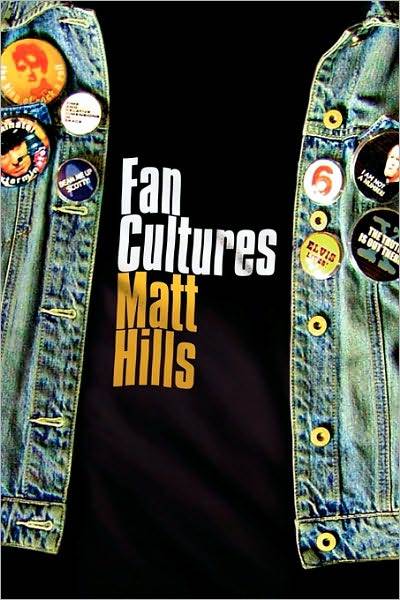In Chapter 5 of Fan Cultures, “Fandom between Cult and Culture,” Hills examines the relationship between fan cultures “to notions of religious devotion” (117). Linking fan cultures to religiosity is a problematic process as the two cultures of fandom and religion indeed surround themselves with iconic figures and objects of devotion in both connective yet divergent ways. With a regard to the liminal space occurring between the two cultural sites, Hills discusses the role of the “auteur” as a form of devotional figure: “Cults…operate through the creation of interpersonal relationships, especially those of a powerfully affective and hence ‘significant’ nature. One could observe that the ‘auteur’ provides this locus of ‘charisma’ and coherence in terms of the media cult, and although the construction of such a figure varies according to specific media, this does seem to be a near-universal figure of the media cult” (126).
Utilizing Star
Wars creator George Lucas as my media cult auteur, I could trace and
discuss his affective relationship with his fans. Around the time of the
original Star Wars trilogy
(1977-1983), Lucas experienced a positive relationship with fandom. Coupled
with the fact he was already a respected director based upon his early, non-Star Wars films, THX1138 and American Graffiti,
one could posit him as an accomplished filmmaker. After 1983, he retreated from
filmmaking to concentrate on building up his various media companies. By the
time he returned to the Star Wars
universe with the Original Trilogy (OT) Special Editions (1997) and the Prequel
Trilogy (PT) (1999-2005), he experienced a well-publicized ambivalent
relationship with fans as their opinion was deeply divided upon the value and
meaning of these films. Some fans felt betrayed by Lucas’s tinkering with
certain sequences in the OT while others dismissed his depiction of a younger
Anakin Skywalker and the Jedi Knight Order in the PT. For these fans, Lucas has
become a failed auteur, hence a fallen cult leader for their fandom. Lucas, in
turn, via his further alterations of the OT with the subsequent DVD (2004) and
Blu-Ray (2011) releases, has embraced an antagonistic relationship with “purist”
Star Wars fans as he enacts his
agency as an auteur interested in continually pursuing a superior vision for
his artistic vision. Most likely, Lucas’s affective relationship with Star Wars fandom will continue as he serves
as a creative consultant for the upcoming Disney-produced new trilogy of films
(Episodes VII-IX) and promised spin-off movies. This communicative process (or
lack thereof) between Lucas and fans, however, will manifest itself in message
boards, blogs, and Lucas’s official responses via interviews and media
appearances, providing significant fodder for a scholarly examination of a
media cultic auteur-fandom generated discourse.
While Lucas exists as a subject for scrutiny
and criticism from the media and fandom alike, his fans, regardless of their
support or dismissal of his auteur choices, have grown in stature to become an
object of study in themselves. On this process, Hills comments in Chapter 8,
“Cult Bodies: Between the Self and Other,” that “The contemporary cult fan,
then, is no less subject to those very process of objectification and
spectacular ‘to-be-looked-at-ness’ which have traditionally been examined as a
feature of stardom or iconicity. The costumier or impersonator does not only
imitate a specific cult icon or character taken from a cult text: he or she
embodies the process of stardom and textuality, self-reflectively presenting
the body-as-commodity” (170). When the media reports on Star Wars fandom by featuring cos-players on display at the mammoth
Star Wars Celebration Conventions
held in Orlando or at the annual Comic-Con International occurring in San Diego,
such fans are simultaneously afforded their fifteen minutes of Warholian fame
and subjected to ridicule from casual television viewers and cynical Internet
message-board posters. Ironically, then, their costumed, embodied expressions
of their Star Wars fandom are
experiencing the same sense of media (and academic) scrutiny as they perform
upon Lucas himself. As a result, my potential scholarship on this issue, like
the exceptional empirical work of Hills, Henry Jenkins, John Fiske, and other
cultural studies theorists, must appropriately navigate and articulate this
affective tension taking place between my famous auteur object of study, Lucas,
and his oftentimes equally prominent fans…
